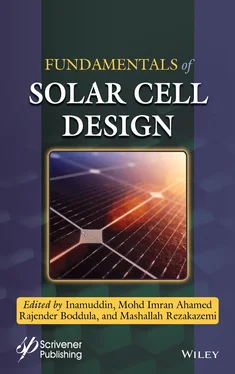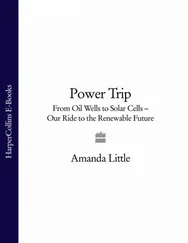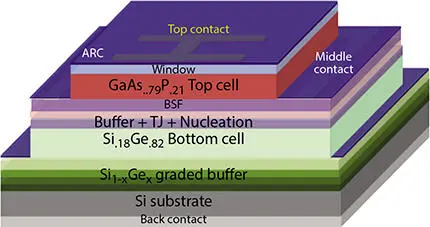
Figure 3.4 Fabricated 3-TGaAsP on SiGe/Si device. (Reprinted with the permission from reference [37].)

Figure 3.5Schematic of GaAs nanowire-on-Si tandem solar cell. (Reprinted with the permission from reference [40].)
Manuel Schnabel et al. demonstrated tandem cell architecture with three terminals by combining GaInP and Si sub-cells to attain a GaInP/Si tandem cell with a two-terminal efficiency of 26.4 ± 1.0%. Three terminals show the efficiency of 0.9 ± 0.2% and two terminals show the efficiency of 27.3 ± 1.0% [44]. Nicolas Cavassilas et al. investigated, through a multiscale approach, a TSC based on a van der Waals heterostructure composed of two monolayers of transition metal dichalcogenides and predict that a PCE of 30.7% [45]. David M. Fabian et al. reported very efficient SJSC containing the dicationic material as a photoactive layer displayed an OCVP at 400 mV and SCPCD of ∼30 μA/cm 2( Figures 3.7and 3.8) [46].
Colin D. Bailie et al. established semi-transparent cell onto CIGS and poor class multicrystalline Si to attain solid-state polycrystalline TSC efficiency above 25% [47]. Miguel Anaya and coauthors proposed a new tandem structural design in which both top and bottom cells are made of absorbers and devices shows the efficiencies at 35% [48]. Jiadong Qian et al. reported different degradation rates of perovskite cells and silicon cells in a tandem solar module degradation. PCE of 28.7% and 27.6% enable the economic viability of two- and four-terminal modules [49]. Alexander J. Bett et al. developed semi-transparent PSE in the regular n-i-p structure, which is presented with ITO directly sputtered on the hole conducting material Spiro-OMeTAD and showed efficiency of 14.8% [50].
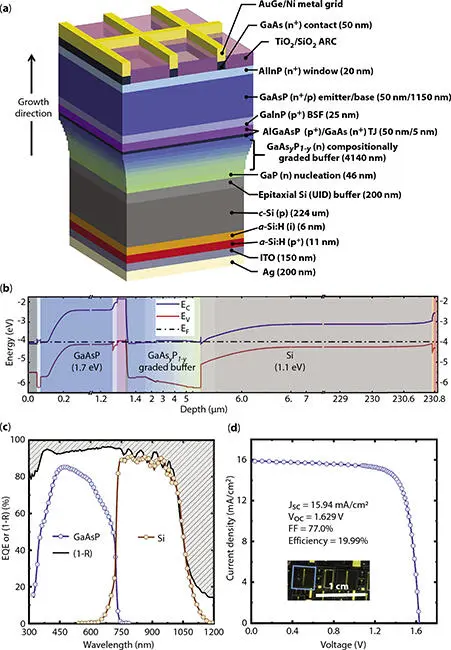
Figure 3.6 (a) Schematic of the GaAsP/Si 2J cell. (b) Energy band diagram. (c) NRELmeasured EQE absorptance (1-R). (d) LIV 2J cell. The inset of panel (d): image of 0.138 cm 22J cell. (Reprinted with the permission from reference [43].)
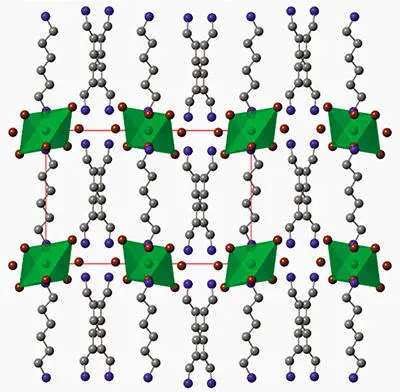
Figure 3.7 Crystal structure of (HDA)3CuBr8. (Reprinted with the permission from reference [46].)
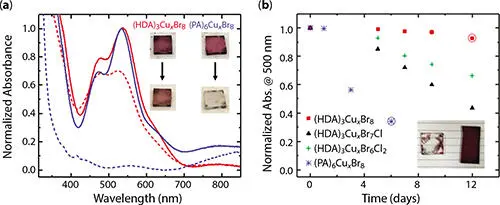
Figure 3.8 (a) Absorption of thin films. (b) Normalized absorbance with respect of time. (Reprinted with the permission from reference [46].)
Abd. Rashid bin Mohd Yusoff et al . developed three photosensitive materials with a bandgap ranging from 1.3 to 1.82 eV. PCE obtained are of 10.39% and 11.83% on double-junction and triple-junction cell, respectively [51]. Mi-Hee Jung et al . reported flexible solar cell by combining nanopaper and perovskite in which bad gap is controlled by addition of Br ion into the CH3NH3PbI3. The MCE and IPCE were achieved with 6.37% and 40% at CH3NH3PbI3 perovskite, respectively [52]. Maximilian T. Hörantner et al. introduced a perovskite-on-silicon TSCs and determine that the ideal bandgap for a perovskite “top-cell” is 1.65eV, which has 32% efficiency. Furthermore, it shows that TSCs are yielding 30% energy output than single junction silicon ( Figure 3.10) [53]. Marko Jost et al. presented monolithic perovskite/CIGSe TSC with a perovskite top cell. The performance is improved by the polymer PTAA at the NiOx/perovskite interface. This hole transport bilayer facilitates a 21.6% PCE at ∼0.8 cm 2area [54].
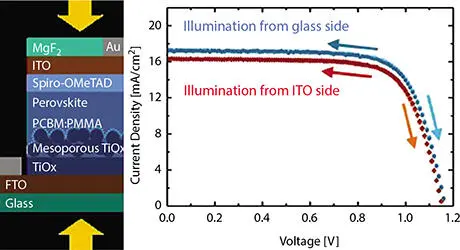
Figure 3.9Schematic arrangement of the cell and its I-V characterstics. (Reprinted with the permission from reference in CC licenses [50].)

Figure 3.10 J-V characteristics (a) J-V of CIGSe single-junction. (b) Perovskite single junction reference cell with different HTLs. (Reprinted with the permission from reference [54].)
Yuqian Ai et al. fabricated sulfide-passivated ETL which improves the electron collection efficiency. Based on this S-SnO 2ETL, the PCE of the PSC is significantly promoted from 18.67% to 20.03% [55]. Afsal Manekkathodi et al. reported four-terminal (4T) tandem which provides a PCE exceeding 20%, for a perovskite-CQD TSC. The highest-performing front semi-transparent perovskite solar cells exhibit a PCE of 18% [56]. Philipp Loper and coauthors presented a four-terminal tandem consisting of a CH 3NH 3PbI 3top and a c-Si heterojunction bottom which has efficiency at 13.4% [57]. Yuhei Ogomi et al . reported Sn/Pb halide–based PSC and it shows best performance using CH 3NH 3Sn 0.5Pb 0.5I 3perovskite and 4.18% efficiency with VOC 0.42V, FF 0.50, and SCC 20.04 mA/cm 2 Figures 3.11to 3.13[58].
Jialong Duan et al. fabricated FAPbX 3perovskite nanocrystals, high-melting-point ligands to modify the perovskite/carbon interface in allinorganic CsPbBr 3PSC, which are efficient PV device, and elevated PCE up to 8.55% is achieved [59]. Shichong et al. reported ICO transparent electrode with high mobility of 51.6 cm 2/Vs, a low resistivity of 5.74 × 10 −4Ωcm and transmittance of 83.5%. The SHJ two-terminal TSC gets 8.06% step up in PCE from 18.85% to 20.37% [60]. Jian Liu et al. reported a two-terminal perovskite (PVSK)–organic HTSC and PFN/doped MoO 3/MoO 3structure as interconnection layer (ICL). The HTSC attains VOC of 1.58V and FF of 0.68 [61].

Figure 3.11 Structure of CH3NH3SnxPb(1 − x)I3 PSC. (Reprinted with the permission from reference [58].)
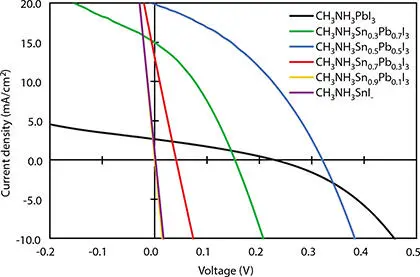
Figure 3.12I-V curves for CH 3NH 3SnxPb(1 − x)I 3PSC. (Reprinted with the permission from reference [58].)
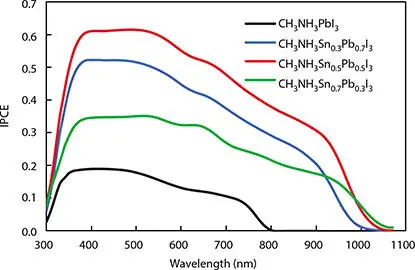
Figure 3.13 IPCE curves for CH 3NH 3SnxPb(1 − x)I 3. (Reprinted with the permission from reference [58].)
In summary, this chapter discussed the TSC, its multiple junction system, and its different types such as OTSC, ITSC, and HTSC. We review their last few year back research paper and concluded that the tandem solar cell has two, three, and four junction and efficiency reached upto 32.8%, 44.4%, and 46.0%, respectively. The OTSC is economic but low efficiency upto 15%. The inorganic tandem solar is very expensive and high efficiency upto 46%. The HTSC is the third type, and Perovskite tandem has already proven to be quite efficient (17%) and low cost. The third-generation HTSC is the future hope of the scientists and intellectual, because it is economic and, day by day, its efficiency improved by scientists.
Читать дальше
